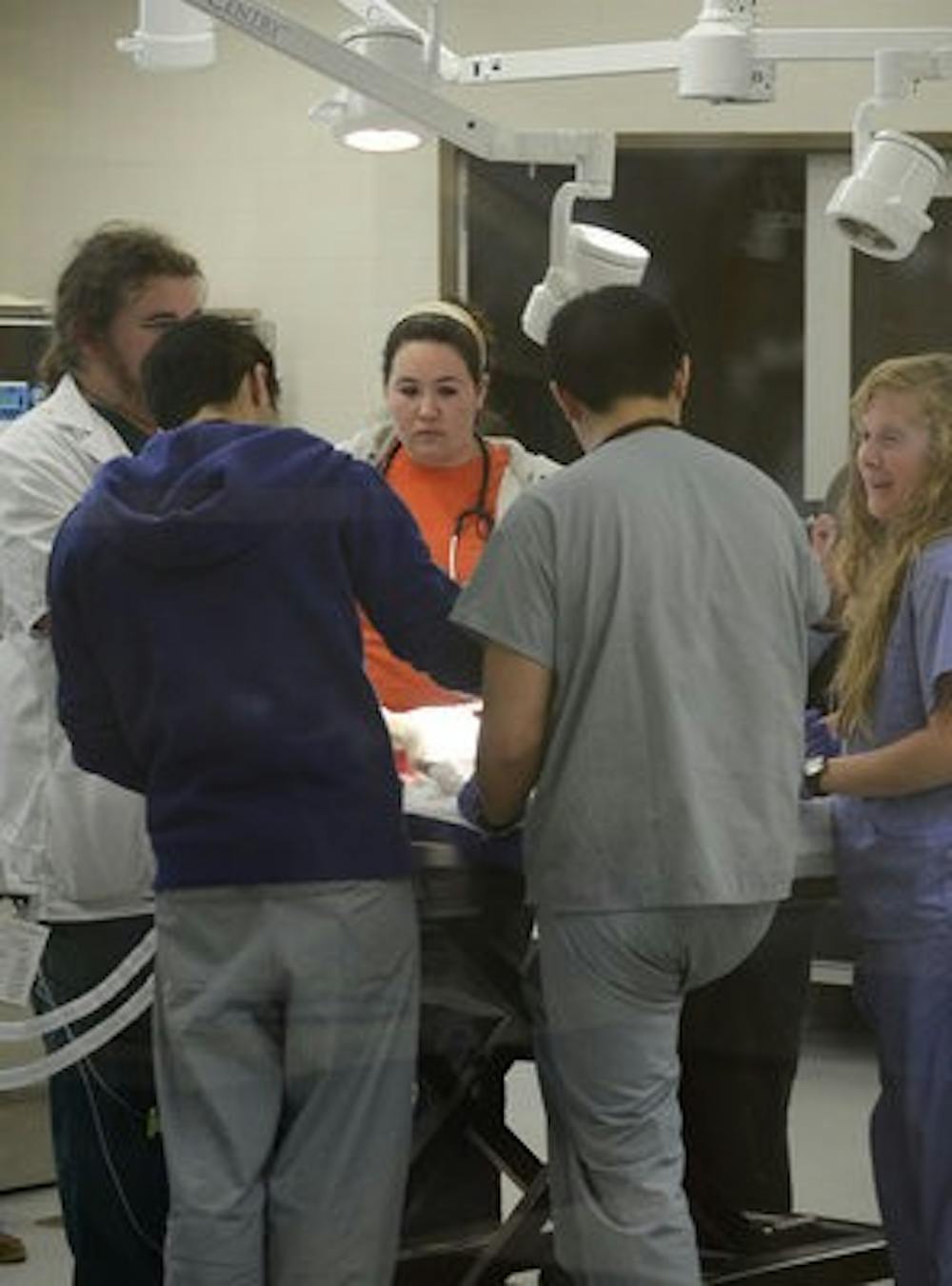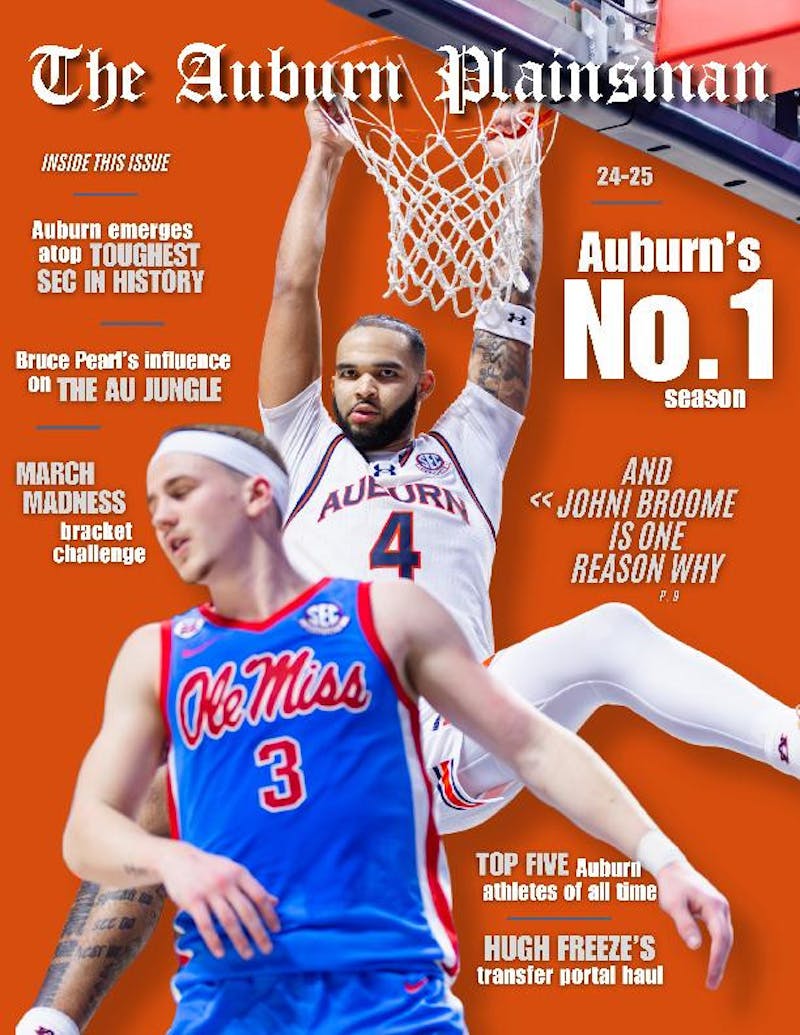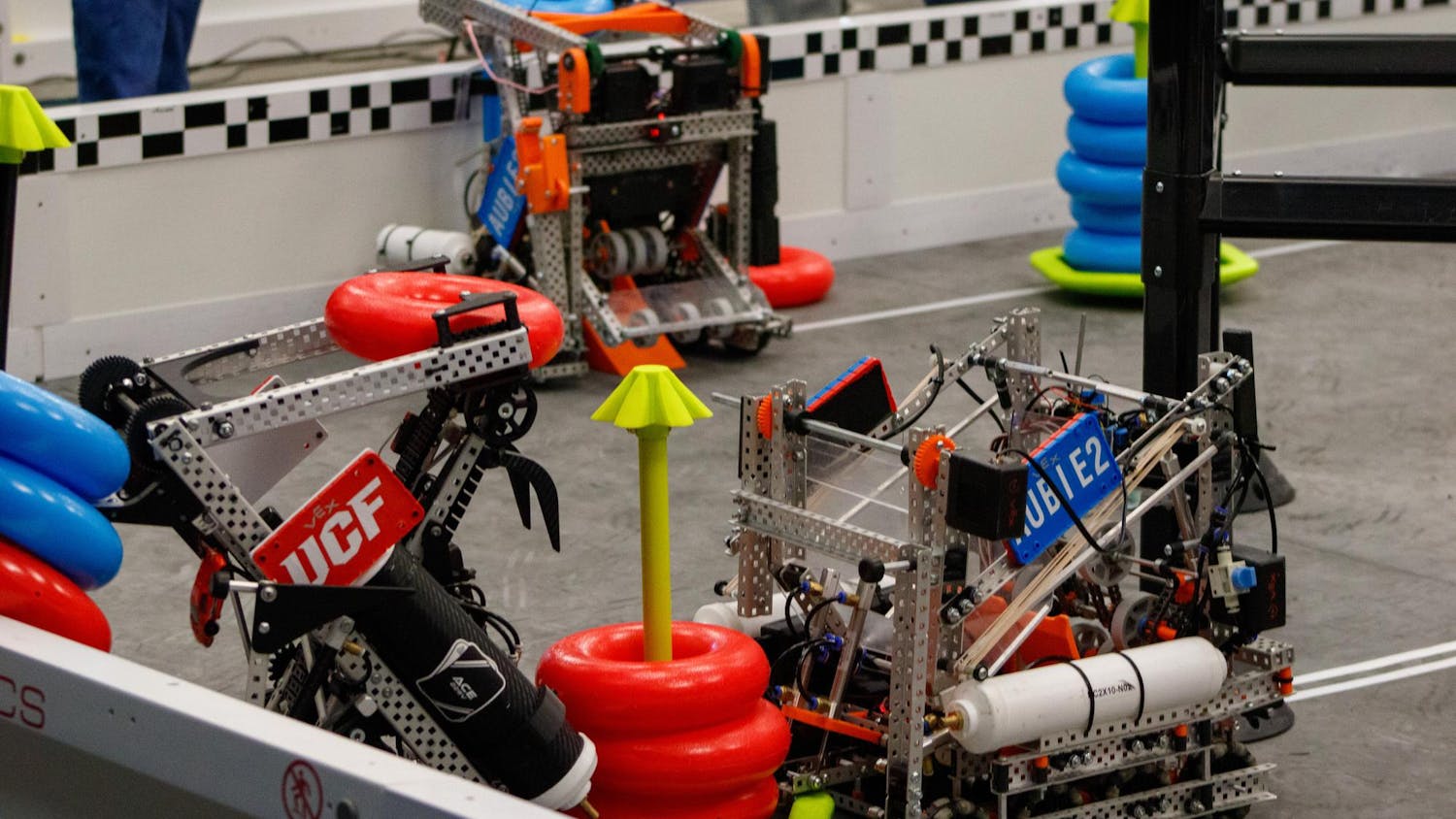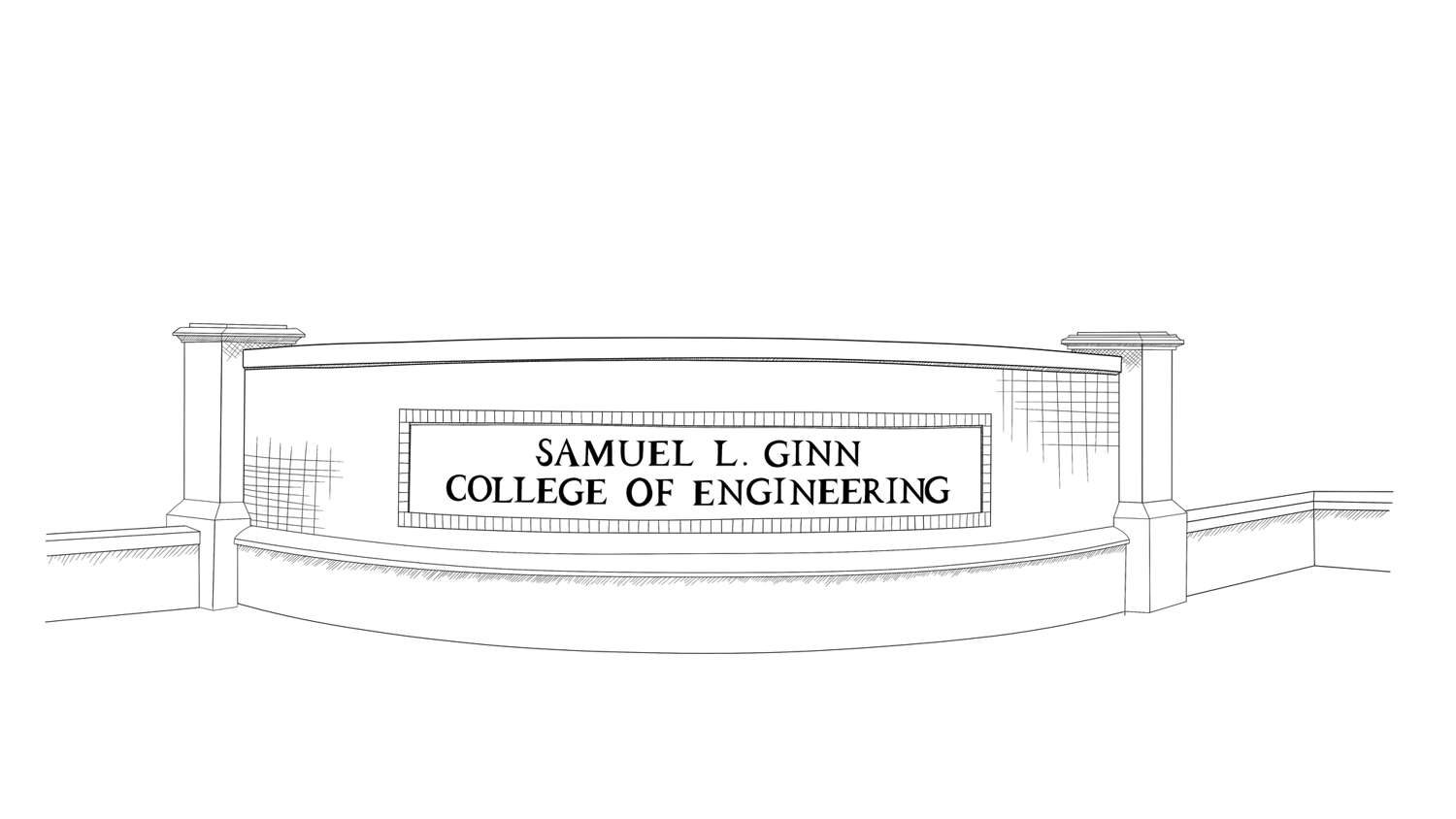The Wilford and Kate Bailey Small Animal Teaching Hospital is set to be dedicated on Friday, April 11. The $47 million facility features services such as community practice, oncology, neurology, imaging, orthopedics and community care.
According to Janet McCoy, communications and marketing director for the College of Veterinary Medicine, the change of space was much needed.
"Our old facility was over 40 years old," McCoy said. "While we gave excellent care to the patients that came into the clinic, this facility allows us to give even better care because of the new technology."
William Brawner, veterinary radiation oncologist, said he agrees.
"So much of what we do now involves high-end technological equipment, and our old buildings were not designed to do that," Brawner said. "Both from the point of view of space and technology, we had just simply outgrown our old building after 40 years."
Brawner graduated from Auburn University in 1971.
"My class was the first to have a full clinic here in the small animal hospital," Brawner said. "So, I've kind of come full circle."
Brawner said he stayed in Auburn for more than one reason.
"Auburn is a great place to live," Brawner said. "I've raised my family here. From the point of view of the school, we've had a really collegial faculty over the years. That's not always true with schools. Here, there is cooperation. I can go into anyone's office and sit down and talk to them."
In fact, the hospital is named to honor an esteemed member of the faculty and Brawner's wife.
The late Wilford Bailey, veterinary parasitologist, began his career at Auburn as a professor.
Bailey became president of the University in 1983.
After retiring the next year, Bailey served as president of the NCAA.
John and Rosemary Brown made a $10 million donation to the University in memory of the Baileys.
"They had been friends since they were on college," Brawner said. "Mr. and Mrs. Brown wanted to honor them. People talk about the Auburn family, but that speaks about as highly as you could that somebody would pay $10 million to put a friend's name on a building instead of their own."
Ben Hohenstatt, journalism intern at the hospital, said he is impressed by the facility's technology.
"The new equipment is phenomenal," Hohenstatt said. "It's all amazing stuff."
According to Brawner, the hospital was built to accommodate the ever-changing medical technology.
"We built this facility looking ahead for the next 40 years, because a building like this we are not going to replace anytime soon, "Brawner said. "We built it with some expansion room, because we know technology will continue to get more advanced. We consciously built this building with an eye to the future so we can grow into it and stay at the cutting edge of veterinary medicine. "
Do you like this story? The Plainsman doesn't accept money from tuition or student fees, and we don't charge a subscription fee. But you can donate to support The Plainsman.





